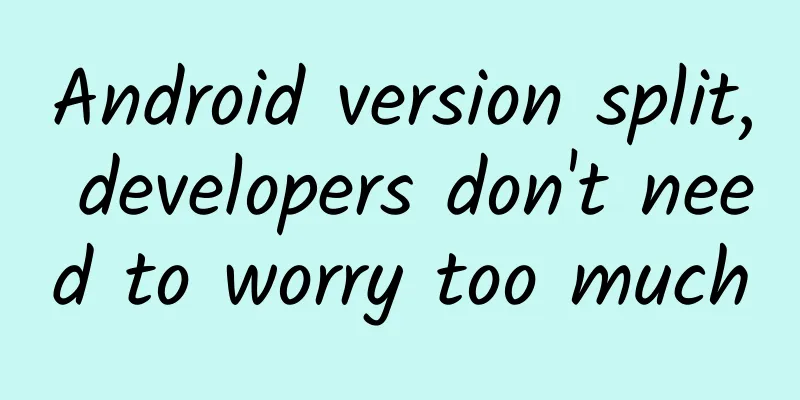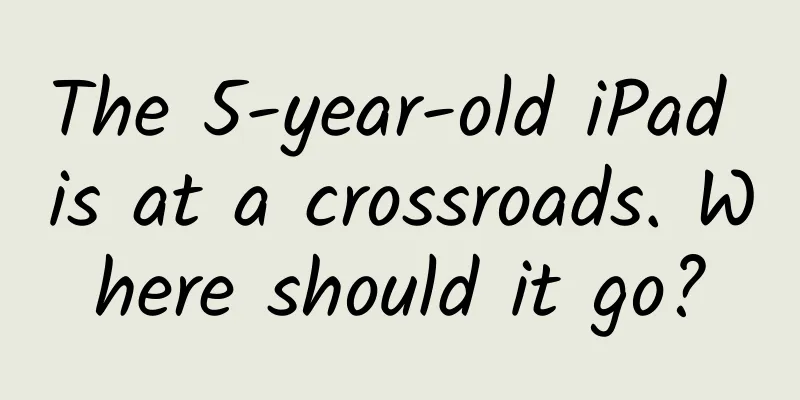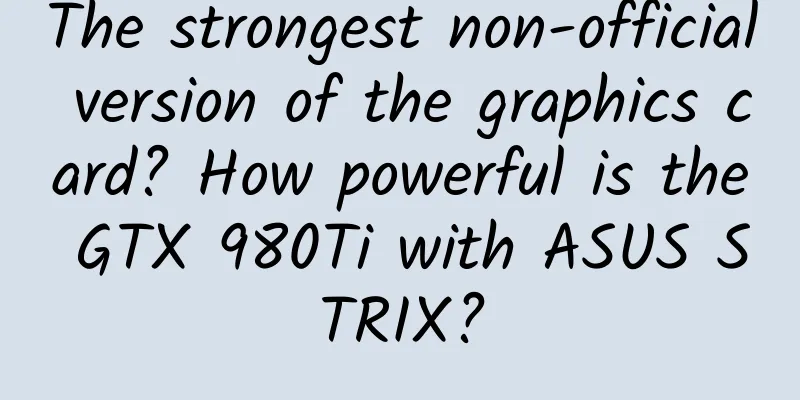Android version split, developers don't need to worry too much

|
Recently, Google released a distribution chart of Android versions. The situation is not optimistic as always. The latest version of Android 5.0 Lollipop has a market share of only 0.1%, while Android 4.4 Kitkat has just reached 39.1%. We can once again lament that the Android system version is split. However, Pocket Casts developer Russell Ivanovic wrote on his blog that from the developer's perspective, this split actually does not have much impact. He believes that when people see these numbers, it is easy to make wrong analysis. These analyses often ignore two facts. First, the number of Android devices on the market is 6 to 7 times the number of iOS devices. Therefore, if developers target the KitKat version of Android, which has a 39% market share, then the number of users may exceed that of iOS 8. Second, people often confuse the overall number with the number of users who actually purchase the app. Take the users of Pocket Casts as an example: From the perspective of the overall Android ecosystem, Android 5.0 only accounts for 1% of the market share, but among Pocket Cast users, 23% have already used the latest system. The reason is that those who buy apps and those who like the Android system have phones with brand new systems, while those who use old phones that are more than 5 years old and run Android 2.3 may never buy Pocket Casts. In addition, Android has another feature that is different from iOS. If iOS users want to use the features of iOS 8, they can only install iOS 8, but this is not the case with Android. Google has put many features in two libraries: Support and Google Play Services. Google Play Service is updated through the store and is not bound to a specific version of the system, while Support is something that developers put in the app and is updated daily by Google. When a new version of Android is released, many new APIs are in these two libraries, not in the core part of the system. This means that even with older system versions, users can use new features. In some ways, Android's backward compatibility is better than iOS. His advice to developers is
The title image comes from epilaredev |
<<: Changsi Advertising won the Dark Horse Enterprise Award at the 2014 New Marketing Awards
>>: 【2014】GitHub China Developer Annual Report
Recommend
ChatGPT is popular. If you want to avoid being replaced by AI, you need to have the ability of "meta-learning"
A while ago, ChatGPT became popular all over the ...
Android bottom navigation bar implementation (Part 3) TextView+LinearLayout
Here is a brief record of implementing the Androi...
Prediction of brand marketing trends in 2022
In 2021, the second year of the epidemic, no one ...
"Starting a Douyin account with 0 fans and monetizing it in 7 days" No professional team is required, a tutorial for new merchants to go from 0 to 1 self-broadcasting
How to start a Douyin account with 0 followers an...
Why is your SMS conversion rate always so low?
Only by constantly analyzing and comparing the dat...
Apple is making major adjustments to the iOS 14 interface: new design, new operation methods, new gameplay
According to the latest report from foreign media...
The necessary logic of brand communication plan
Communication is only a subsystem in the brand sy...
With a charging and discharging time of more than 6 hours, how can flow batteries achieve long-term energy storage?
□ Zhao Jialiang Recently, the Sichuan Provincial ...
How can advertisers in the tourism industry take advantage of the summer vacation to place advertisements?
The college entrance examination is over, and now...
Feeling tired after the beginning of summer? How to eat more energetically? Here are 8 tips for you
Image from: freepik.com After the beginning of su...
These 5 risk factors can cause cells to become cancerous! To prevent them, try this →
In March 2023, the National Cancer Center and the...
Eat as much as you want without moving, not only can you lose weight but also beautify yourself... Huaxi doctors said: Really! There is indeed such a way to lose weight!
Slow down!! Be cautious about the ketogenic diet!...
This cute sea creature is actually named after the "ancestor of all monsters"?
Typhoeus, known as the father of all demons, is a...
Baby thermos kettle turns into "toxic glue" kettle? Netizens smash kettle at home to verify
In the past two days, many parents on social medi...









